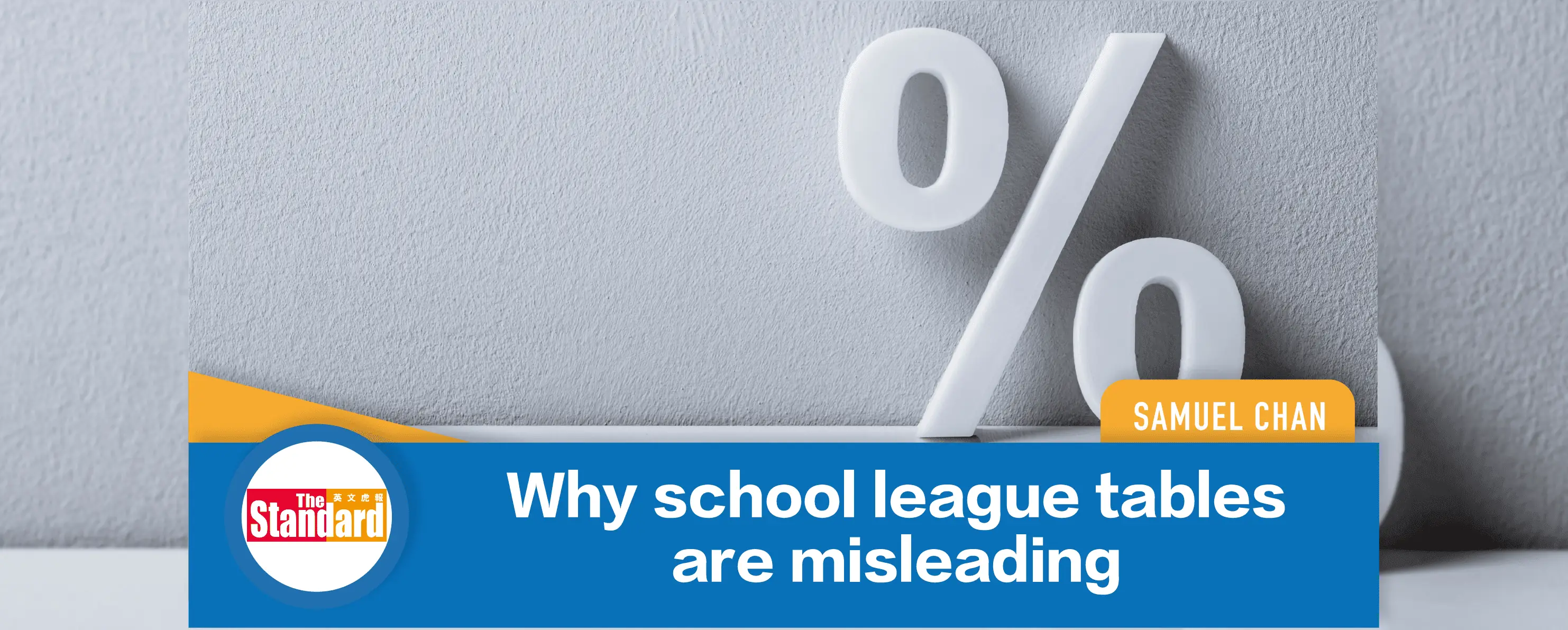Asian families looking to send their children to British schools will often base their choices on league tables. However, looking at rankings is not the best way to select a school for your child.
Firstly, they do not actually cover all the schools. Many famous schools, such as Eton College and Harrow School, have removed themselves from the league tables because their management teams are confident they offer an exceptional education and do not wish to play any kind of rankings game.
Then, there is the problem that league tables focus on academic results and do not take into consideration other aspects of education.
What about pastoral care, for example? This is crucial for boarders, particularly Asian students away from home.
Even if you do find a ranking system that includes facilities, this is still only part of the picture. Impressive facilities are good at attracting attention, but they aren’t really what make a school great.
I had a wonderful education at Gresham’s School and it was absolutely fine to perform a musical in the sports hall and to have just two or three pitches – there’s no need for 20 floodlit all-weather AstroTurf pitches at a school.
Even if top grades were the only concern, the league tables would still be problematic. The rankings typically look at A-Level performance, but many excellent schools today offer alternative qualifications.
For instance, there is the International Baccalaureate, the Cambridge Pre-U, and in some colleges, you even get foundation courses.
Then there are some schools that also offer BTEC. Sedbergh School, for example, offers a subsidiary diploma in agriculture.
If a league table only judges schools based on A-Levels then it’s not giving you a complete picture.
Another problem is that league tables do not show how exactly the results are being achieved.
So you might get a small school with over 40 percent international pupils – most taking an A-Level in their first language. There is nothing wrong with that, but there is something misleading about the league table if that school outranks one with a higher percentage of British students that is offering everything from foreign languages to classics, philosophy, theology, art and music and getting strong exam results across the board.
Oundle School, for instance, is one of the best in the UK in my opinion; however, instead of being in the top 10 or 20, I’ve seen it ranked down at 86 because of the way that the league tables are put together.
Finally, in a league table, you will often find rankings based on the percentage of pupils from a school that have achieved a grade within a particular range. So you might see that a school has achieved, say, 55 percent A*/A grades.
The problem here is that different schools have different sized intakes. Within the same table, then, you could find a school with 170 pupils in a year group being compared to a school with only 70 in that same year group.
Is it really representative to look at that percentage of 55 percent A*/A and then say that those schools have achieved the same thing?

